Exploring the Strength of Different Types of Trademarks

In the realm of branding and marketing, the strength of a trademark is crucial in determining how well it can be protected legally. Understanding the hierarchy of trademark strength, from weakest to strongest, helps businesses make informed decisions when choosing a brand identity. Let’s delve into the different types of trademarks with additional examples and insights into their relative strength:
1. Generic Trademark
- Examples: “Instant Coffee” for a type of coffee, “Smartphone” for a mobile device.
- Strength and Legal Protection: Generic trademarks are the weakest. They are common terms used to describe a product or service and are not protectable under trademark law. Once a trademark becomes generic, it loses its distinctiveness and, subsequently, its protection.
2. Descriptive Trademark
- Examples: “British Airways” for an airline based in Britain, “Whole Foods” for a grocery store specializing in whole foods.
- Strength and Legal Protection: Descriptive trademarks are relatively weak in terms of legal protection. They can be protected only if they acquire a secondary meaning. This secondary meaning occurs when the public primarily associates the term with a particular product or service, rather than its general definition.
3. Suggestive Trademark
- Examples: “Greyhound” for bus services, suggesting speed; “Citibank” for banking services, suggesting a city-based bank.
- Strength and Legal Protection: Suggestive trademarks are stronger than descriptive ones. They imply a characteristic of the product or service but require some imagination to connect the trademark with the product. They are inherently distinctive and are protected under trademark law without the need to prove a secondary meaning.
4. Arbitrary Trademark
- Examples: “Amazon” for an online retailer, “Camel” for cigarettes.
- Strength and Legal Protection: Arbitrary trademarks are even stronger. They use common words in an unrelated context, making them highly distinctive. These trademarks are protectable under trademark law and are considered strong because of their inherent uniqueness and lack of relation to the product or service.
5. Fanciful Trademark
- Definition: Fanciful trademarks are made-up words or terms created specifically to serve as a trademark.
- Example: “Kodak” for cameras and photographic supplies.
- Legal Protection: These trademarks offer the strongest level of protection due to their unique nature.
Trademark Genericide
Conclusion
The strength of a trademark significantly impacts its protectability and effectiveness in identifying and distinguishing a brand. Generic trademarks offer no protection due to their commonality. Descriptive trademarks are protectable only after acquiring a secondary meaning. Suggestive trademarks, being more abstract, are inherently protectable. Arbitrary trademarks rank among the strongest due to their uniqueness and distinctiveness. When choosing a trademark, businesses should aim for marks that are inherently distinctive and capable of obtaining strong legal protection, ensuring a robust and defendable brand identity. For the best outcomes, consultation with legal experts in trademark law is recommended to navigate these nuances effectively.
.





